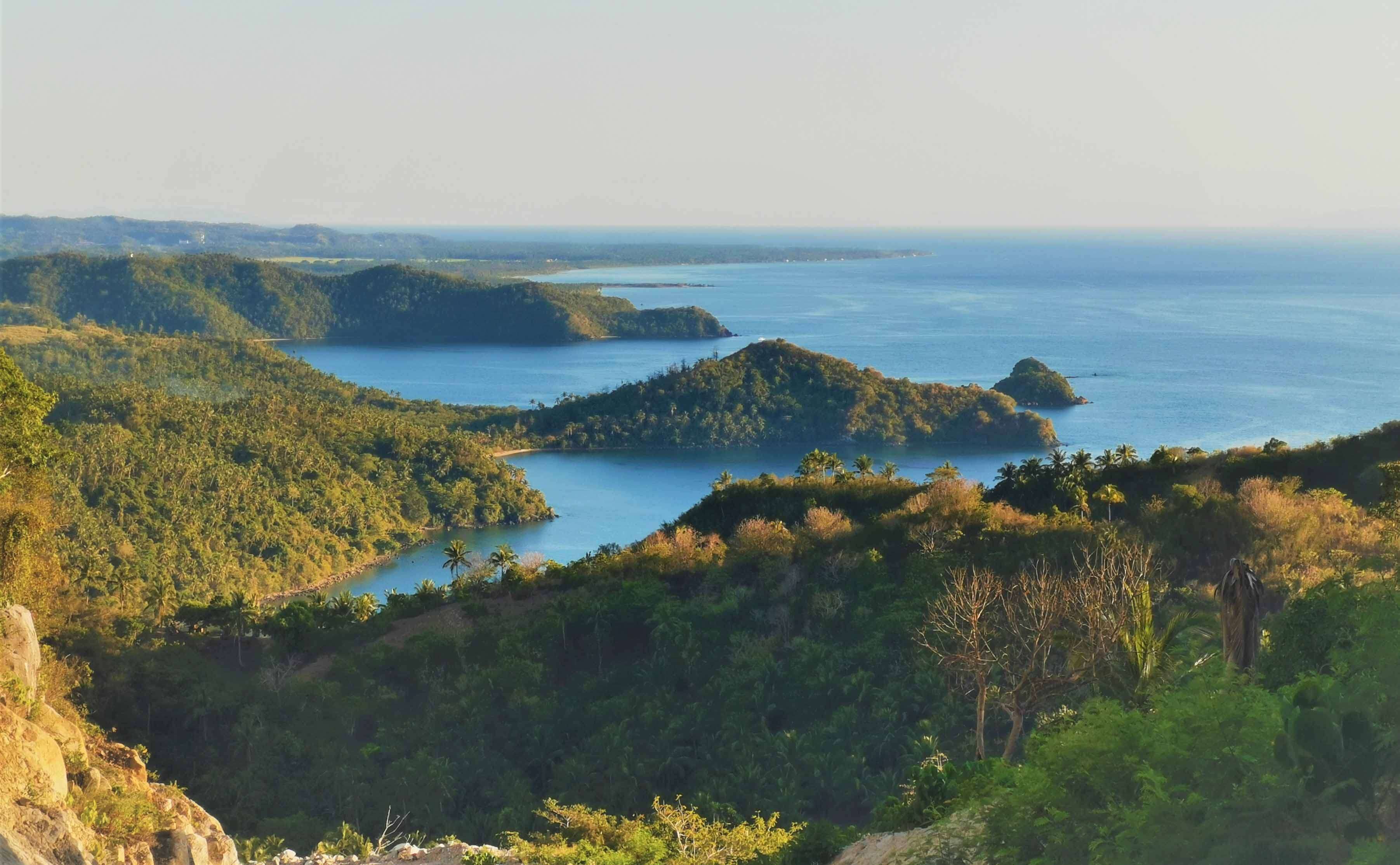

Marinduque, officially the Province of Marinduque, is an island province in the Philippines located in Southwestern Tagalog Region or Mimaropa, formerly designated as Region IV-B. Its capital is the municipality of Boac. Marinduque is a heart-shaped island which lies between the Bondoc Peninsula at the south- eastern part of Luzon and the island of Mindoro. Marinduque lies between Tayabas Bay to the north and Sibuyan Sea to the south. It is west of the Bondoc Peninsula of Quezon province; east of Mindoro Island; and north of the island province of Romblon. Some parts of the Verde Island Passage, the center of the center of world's marine biodiversity and a protected marine area, are also within Marinduque's provincial waters.
The province of Marinduque was ranked number 1 by the Philippine National Police and Philippine Security Forces as the 2013 Most Peaceful Province of the country due to its low crime rate statistics alternately ranking with the province of Batanes yearly. Furthermore, for almost 200 years, the province is home to one of the oldest religious festivals of the country, the Moriones celebrated annually every Holy Week.
The most accepted theory of the etymology of the province's name is a Hispanized corruption of either malindig or malindug, which means "stand tall" or "elegant", in reference to a potentially active volcano in the southern section of the island, the Mount Malindig.
In 1676, Domingo Navarette wrote in Tratados historicos..., "The island which the people from there call Minolo is named Mindoro by the Spaniards, and that of Malindic we call Marinduque." (trans. by E.H. Blaire and J.A. Robertson)
The first inhabitants of Marinduque were Malay natives. They established trade relation with the Chinese as early as the Sung Dynasty as evidenced by the artifacts and shards still found in caves that abound on the island.
Marinduque is thought to have been under the administrative influence – if not controlled-of the Bonbon (Batangas) settlement founded by Datus Dumangsil and Balkasusa, members of the ten- datu expedition from Borneo.
While the original name of the island was Malandik, the Spaniards called it Mare Unduque, findingit hard to pronounce the Malay word, meaning sea everywhere. While Malandik was thought to pertain to the sloping terrain and as reference to Mt. Malindig and Balagbag mountain range at the southern end and central part of the island respectively.
In 1571, the first Spanish Governor Miguel Lopez de Legaspi assigned the encomienda of Marinduque to a certain Fr. Pedro de Herrera, the first Agustinian father which introduced the Christianity to the native islanders.
From the Visayan name Malindog, Marinduque became the name of the island in Castilian.
Marinduque was part of the province of Balayan (now Batangas) in the 16th century, and of Mindoro from the 17th to 19th century.
Antoine-Alfred Marche, a French naturalist, carried out an archaeological investigation in Marinduque from April to July 1881. An abundant yield of urns, vases, gold ornaments, skulls, and other ornaments were found. He brought these to France in 40 crates. Part of it is said to be housed at the Musée de l'Homme ("museum of man") in France. The finds also included an image of wooden polytheistic religious statues (anito) which at the time were already called pastores by Marinduqueños.
One of the artifacts found by Marche also found its way to the National Museum of Natural History of the Smithsonian Institution in Washington, D.C. (Catalogue No. A127996-0, Department of Anthropology, NMNH, Smithsonian Institution). Fragile jarlets that were found were said to have travelled from China to Marinduque. Buried in a cave for centuries and excavated in the late 19th century, these were brought to Paris and one was then brought at the Smithsonian Institution museum.
On April 28, 1898, with the overthrow of the last Spanish casadores (Tagalog soldiers) after armed conflict and hostilities with the revolutionists during the Philippine-Spanish War, Marinduque declared its separation from Mindoro and from Spanish rule, a move that was ratified by the ruling class from the different towns of the island-province. The local struggle was led by Martin Lardizabal, who was appointed as military governor of Marinduque during the first revolutionary provincial government.
Marinduque, governed through the province of Mindoro, was a constituent of the first Philippine Republic from January 1899 to April 1901 under Pres. Emilio Aguinaldo.
During the Philippine–American War, Marinduque was the first province where American invaders established concentration camps. In the Battle of Pulang Lupa, under the direction of Colonel Maximo Abad, 250 Filipino soldiers defeated 54 American infantrymen.
Col. Abad after capturing the Americans later surrendered on 15 April 1901, upon orders from Pres. Aguinaldo and due to the capture of Gov. Martin Lardizabal and two other officials who were held hostage by the Americans in Fort Santiago.
On 23 June 1902, by virtue of Act No. 423, the US-Philippine Commission annexed the islands of Mindoro (now two separate provinces) and Lubang (now part of Occidental Mindoro) to the province. Four months later, on the 10th of November, Marinduque was annexed to the province of Tayabas (now Quezon) by virtue of an Act No. 499.
On 21 February 1920, Act No. 2280 was passed by the Philippine Congress, reestablishing Marinduque as a separate province.
According to Henry Otley Beyer, an American anthropologist, while many other accidental discoveries and finds have been recorded from time to time and European and Filipino scientists had casually explored a few burial caves and sites, no systematic work had been done anywhere else prior to these explorations. After Marche, the next important archaeological work was undertaken by Dr. Carl Gunthe in the Visayas Island Group in 1922.